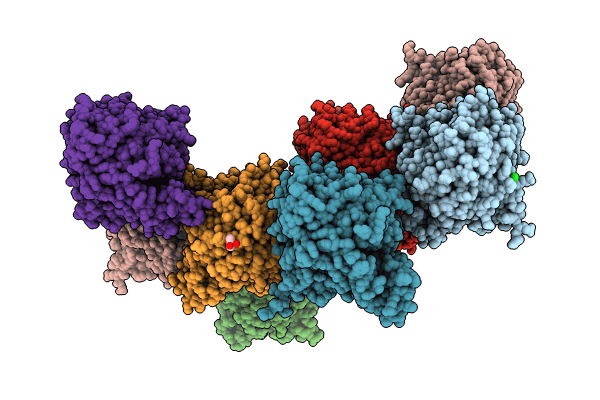
Deposition Date
2023-01-14
Release Date
2024-01-17
Last Version Date
2024-11-06
Entry Detail
PDB ID:
8FTY
Keywords:
Title:
Crystal structure of the carotenoid isomerooxygenase, NinaB
Biological Source:
Source Organism:
Trichoplusia ni (Taxon ID: 7111)
Host Organism:
Method Details:
Experimental Method:
Resolution:
1.95 Å
R-Value Free:
0.24
R-Value Work:
0.21
R-Value Observed:
0.21
Space Group:
C 1 2 1


